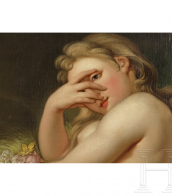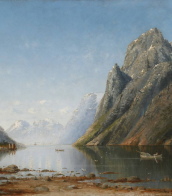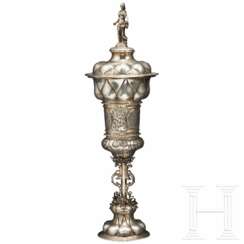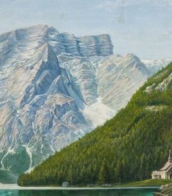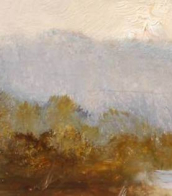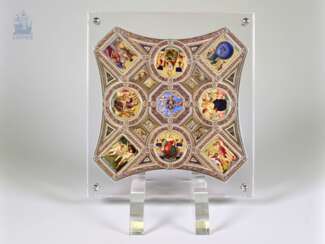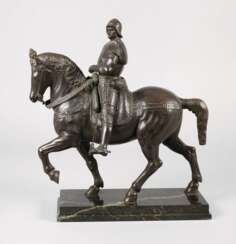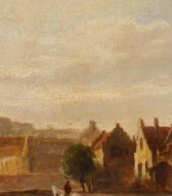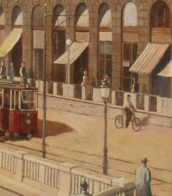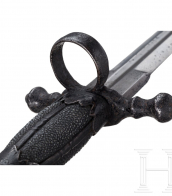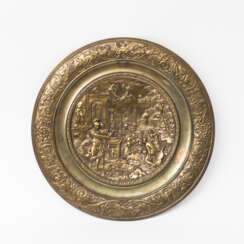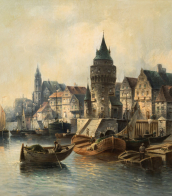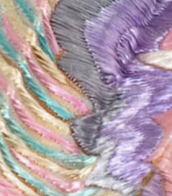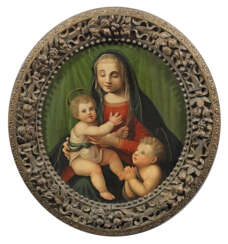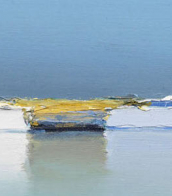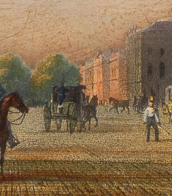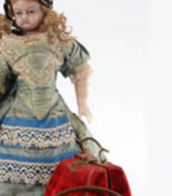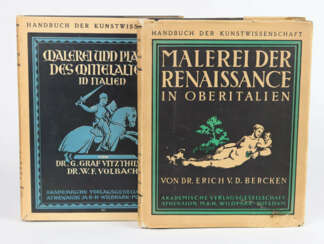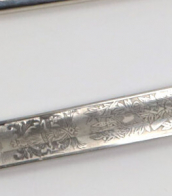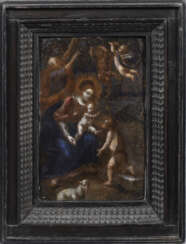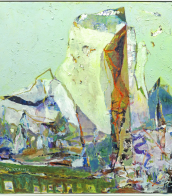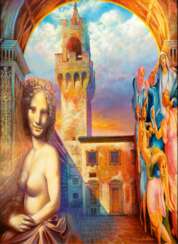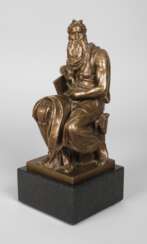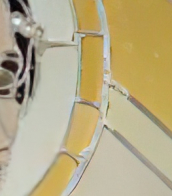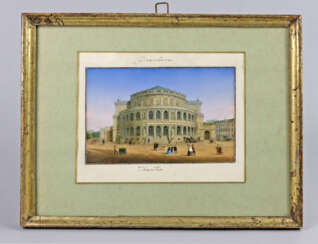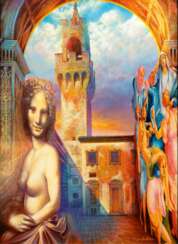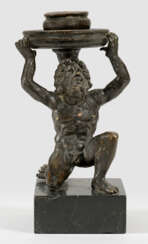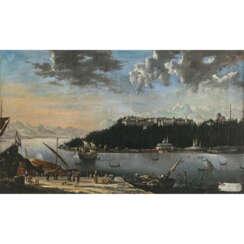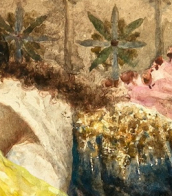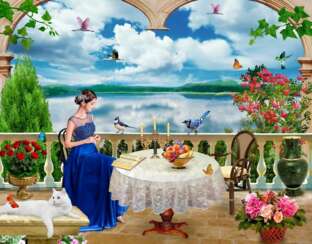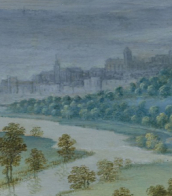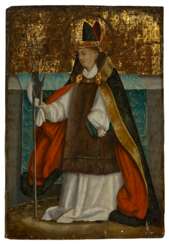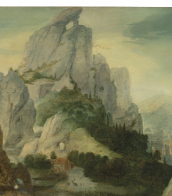hochrenaissance
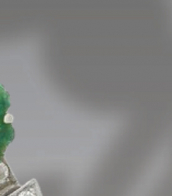
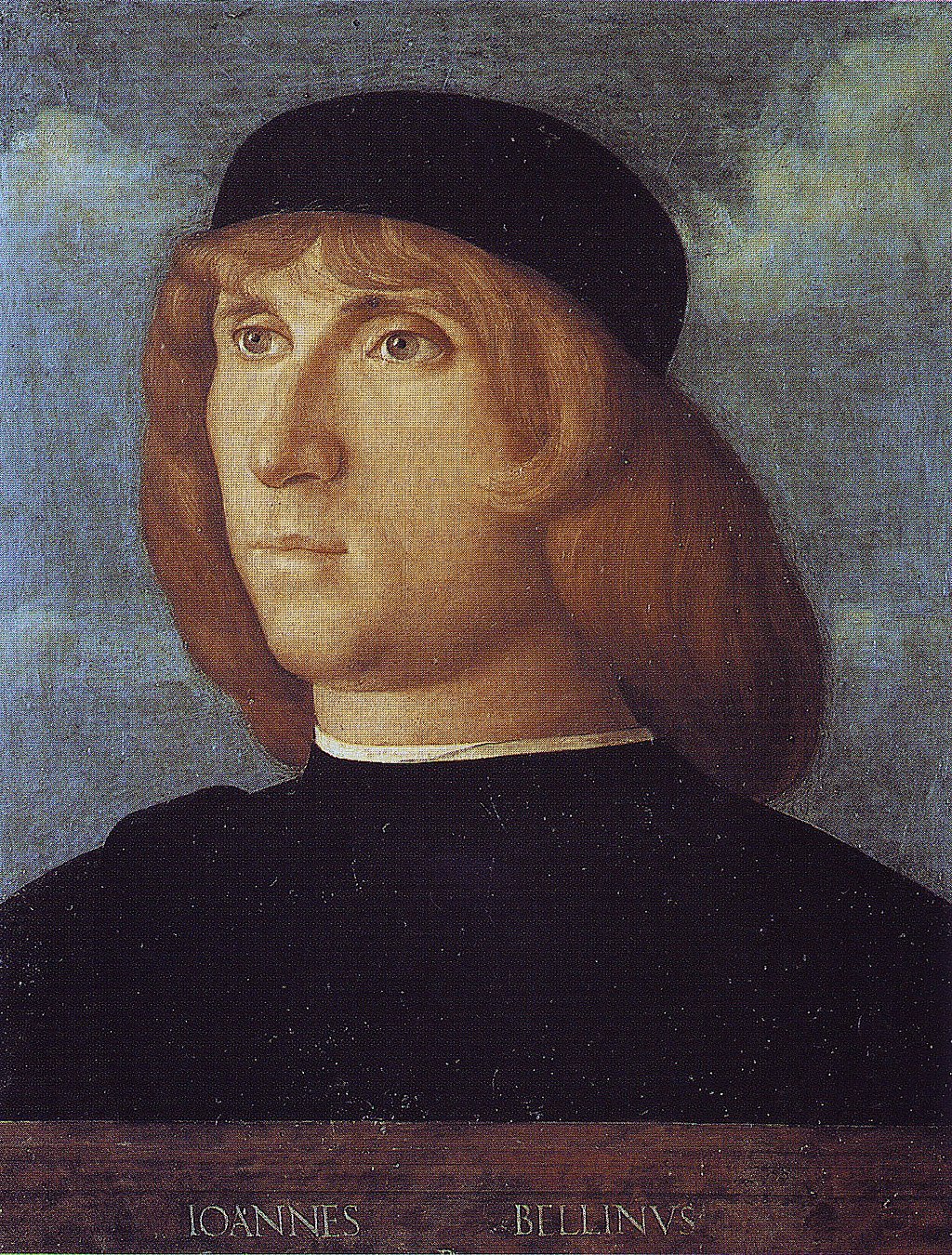
Giovanni Bellini was a renowned Italian painter, celebrated for his pivotal role in the Venetian Renaissance. Born around 1430 in Venice, Italy, Bellini's work is distinguished by its innovative use of color, keen interest in light, and meticulous brushwork, which marked a significant departure from the styles of his predecessors and contemporaries. He is acknowledged as one of the most influential figures of the Bellini family, a lineage of esteemed Venetian painters that profoundly shaped the course of Venetian art.
Bellini's oeuvre spans religious altarpieces, portraits, and mythological scenes, demonstrating a gradual evolution from the narrative-driven compositions of the Early Renaissance to a more nuanced naturalism and emotional depth. Notable works include the "San Zaccaria Altarpiece," celebrated for its serene beauty and imposing presence, and "The Feast of the Gods," a secular piece illustrating Bellini's late career shift towards more naturalistic mythologies and exploration of erotic themes in accordance with the trends of early 16th-century Renaissance art.
His early works, characterized by the use of tempera, exhibit a unique blend of the Paduan school's severity and a profound religious sentimentality, setting the stage for his later mastery of oil painting. This mastery allowed Bellini to achieve unparalleled atmospheric effects and a harmonious blend of colors, contributing significantly to the development of Venetian painting. His contributions were not limited to his own works; Bellini also played a crucial role as a teacher, influencing future generations of artists including Giorgione and Titian, thus ensuring his lasting impact on the Renaissance art movement.
Giovanni Bellini's works are preserved in several prestigious museums and galleries worldwide, serving as a testament to his enduring legacy in the art world. His ability to infuse his paintings with a sense of divine tranquility, coupled with his innovative techniques, has cemented his status as a key figure in the history of Western art.
For collectors and experts in art and antiques, Giovanni Bellini's work represents not only a pinnacle of Renaissance artistry but also a bridge between the medieval and modern worlds. His nuanced approach to color, light, and composition continues to inspire and attract admiration from across the globe.
Stay updated on new discoveries, sales, and auction events related to Giovanni Bellini's work by signing up for our updates. This subscription ensures you're informed about the latest opportunities to engage with the legacy of one of Venice's most illustrious painters.
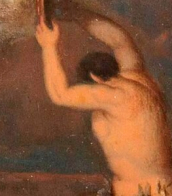
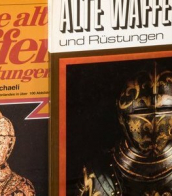
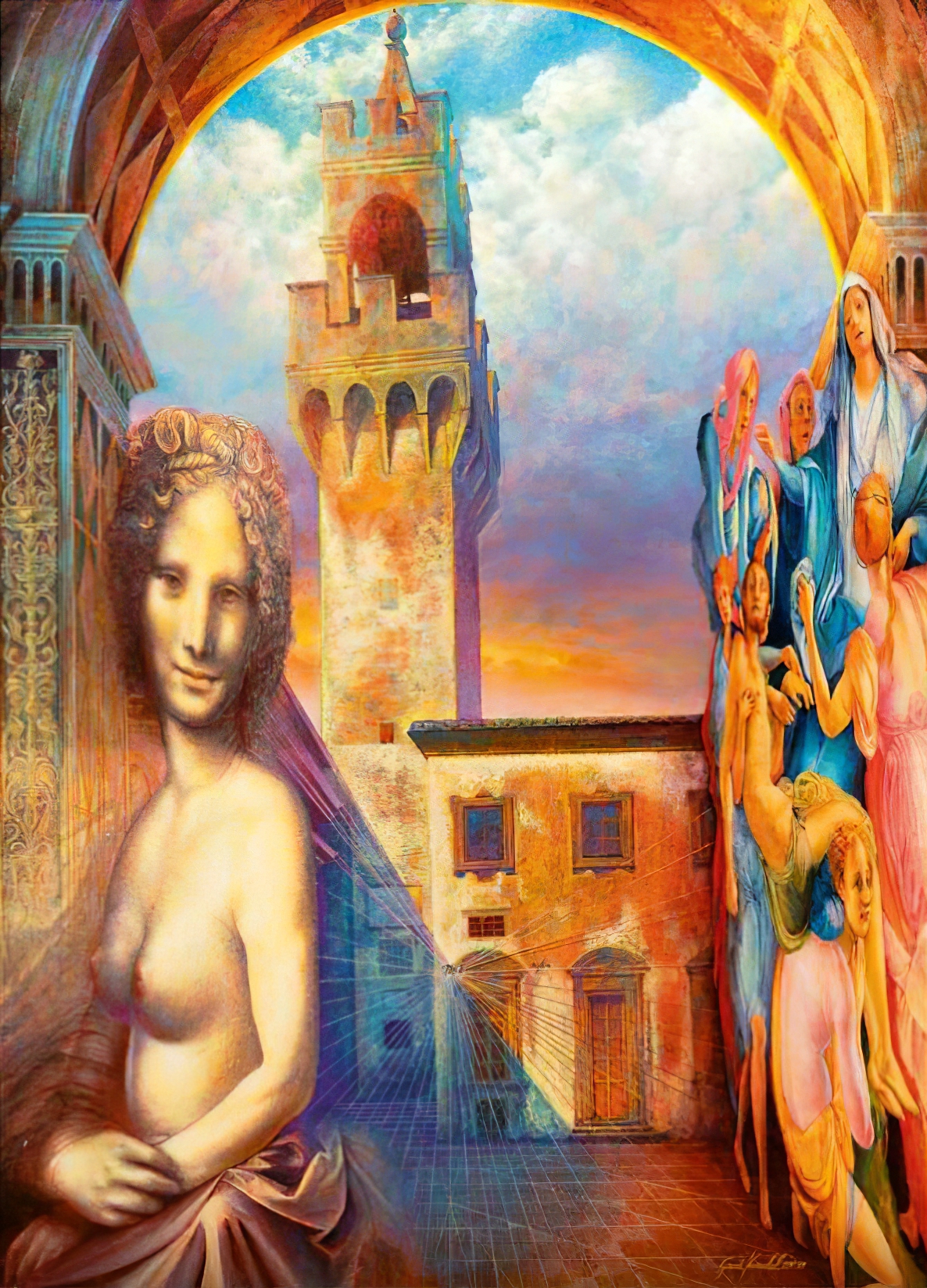
Gerd Krenckel is a contemporary German painter.
As an artist Gerd Krenckel has a great sensitivity to the finest nuances of colour and an unmistakable understanding of materials and surfaces. His work is characterised by an impressive concentration of formal means and an uncompromising pursuit of simplicity and clarity.


Gerd Krenckel is a contemporary German painter.
As an artist Gerd Krenckel has a great sensitivity to the finest nuances of colour and an unmistakable understanding of materials and surfaces. His work is characterised by an impressive concentration of formal means and an uncompromising pursuit of simplicity and clarity.
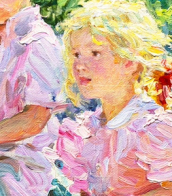


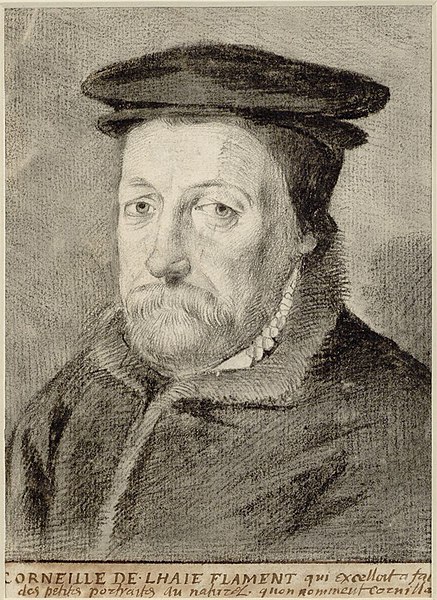
Corneille de Lyon, also Corneille de La Haye, was a Dutch painter who worked most of his life in Lyon. Portraitist, one of the most talented and prolific Renaissance painters.
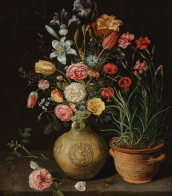
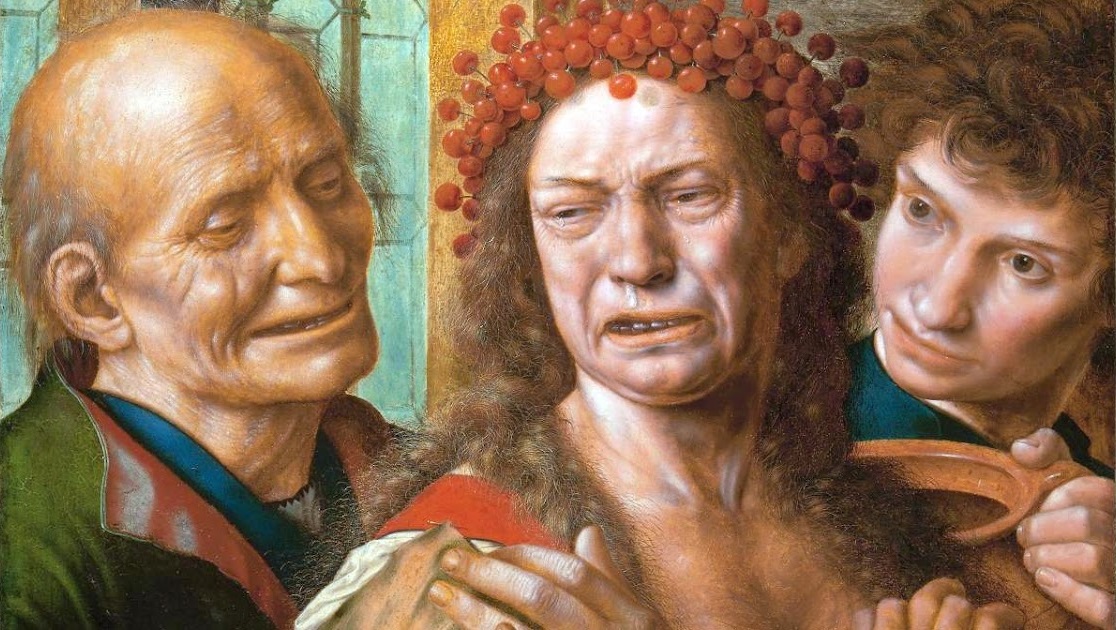
Jan van Hemessen was a leading Flemish Renaissance painter, belonging to the group of Italianizing Flemish painters called the Romanists, who were influenced by Italian Renaissance painting. Van Hemessen had visited Italy during the 1520s, and also Fontainebleau near Paris in the mid 1530s, where he was able to view the work of the colony of Italian artists known as the First School of Fontainebleau, who were working on the decorations for the Palace of Fontainebleau. Van Hemessen's works show his ability to interpret the Italian models into a new Flemish visual vocabulary.



